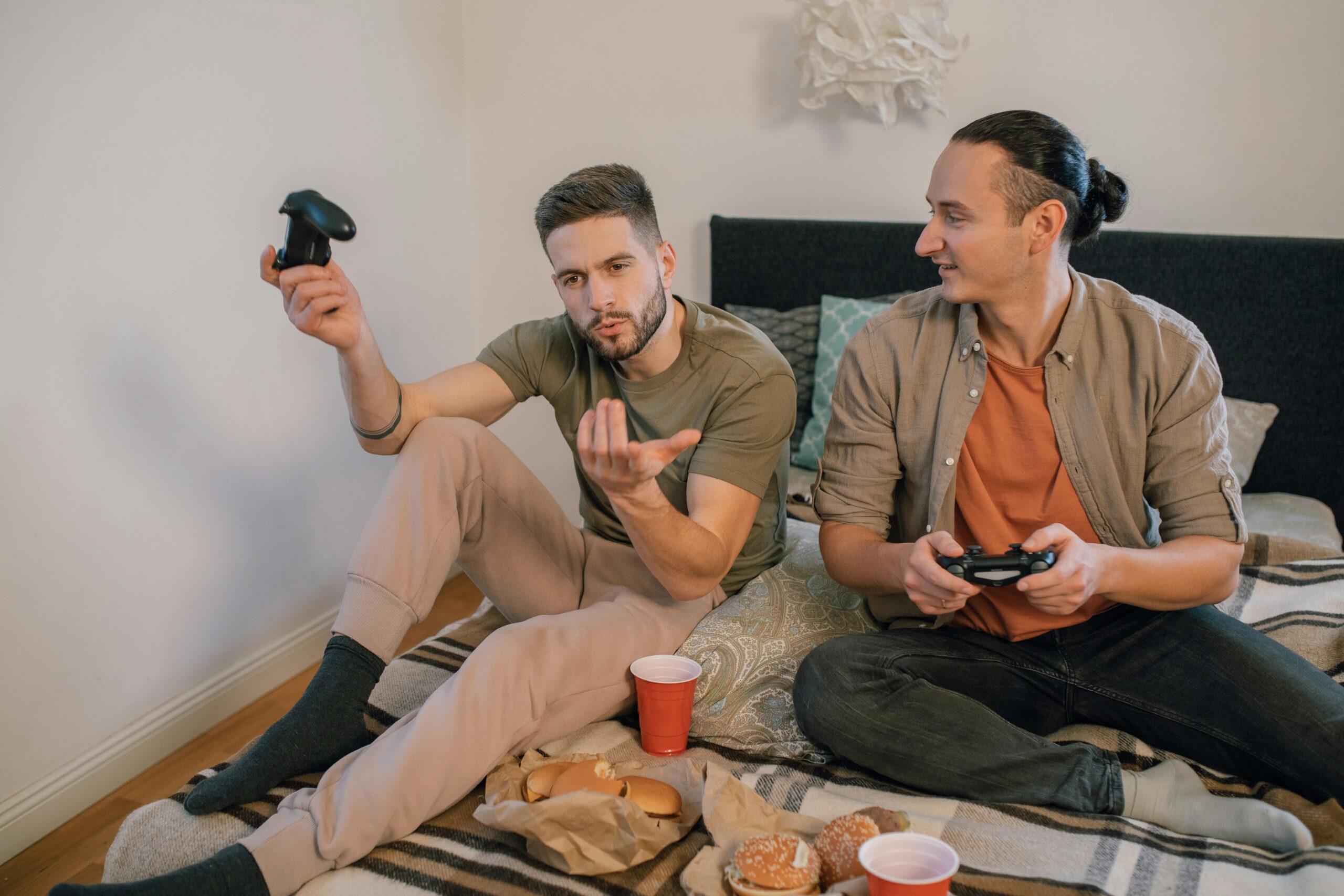
The Reality of Reality TV
Love it or loathe it, reality television has become one of the most enduring — and revealing —forms of modern entertainment. Over the decades, its formats and cultural influence have evolved dramatically, reflecting shifting social values, technologies and audience appetites.
What began as a novelty has grown into a global industry, blurring the lines between authenticity and performance, documentary and spectacle.
The Early Days: Observation Over Drama
Before reality TV was a multi-billion-dollar industry, it was more of a sociological curiosity.
Candid Camera (1948), originally a radio show titled Candid Microphone, was one of the first programs to capture everyday people in unscripted situations. Its charm lay in its simplicity: hidden cameras, real reactions and gentle humour. The show revealed a key truth — audiences were drawn to the unfiltered.
PBS’s An American Family (1973) marked a major shift in the genre. Over 12 episodes, viewers followed a Californian family through marital breakdown, generational conflict and a rare depiction of queer identity on American television. At this point, reality programming wasn’t engineered for entertainment — it aimed to observe human behaviour in its “natural” state.
The Rise of Structured Chaos
By the late 1980s and into the ’90s, networks were looking for cheap alternatives to scripted TV. Reality formats filled the gap — unscripted, low-cost and endlessly recyclable.
Competition shows became especially popular. Unlike earlier formats based on passive observation, these shows embraced clear rules and manufactured drama. Star Search and COPS hinted at what was to come, but it wasn’t until Survivor (debuting in Sweden in 1997 and in the U.S. in 2000) and Big Brother that the genre exploded.
These series reframed reality as a psychological battleground. Strategy, alliances and eliminations turned participants into players. Viewers weren’t just watching lives unfold — they were watching minds unravel. It’s no surprise that Survivor partly inspired The Hunger Games.
From Everyman to Influencer
As the new millennium began, reality TV transitioned from experiment to fame machine.
Shows like American Idol, The Bachelor, The Simple Life and America’s Next Top Model sold a fantasy: that anyone could “make it.” But the definition of success was narrowly shaped by Western ideals — glamour, youth and beauty.
MTV played a central role in packaging this fantasy. With Laguna Beach, The Real World and Cribs, it offered a curated peek into youth, wealth and celebrity. Reality no longer meant raw —it meant aspirational.
Then came Keeping Up with the Kardashians. Premiering in 2007, the series blurred the line between reality TV and influencer culture. The Kardashians didn’t just appear on television —they turned their entire lives into a lifestyle brand. Their “realness” became their product, building a business empire through curated authenticity.
A Global Phenomenon
As streaming platforms began to dominate, the reality TV landscape expanded across borders. Audiences could now binge shows from anywhere in the world.
Titles like Single’s Inferno (South Korea), Terrace House (Japan) and Love Island (UK/U.S.) reflected local dating customs while tapping into a universal desire for drama, romance and voyeurism. Global streaming blurred cultural boundaries, but the underlying appeal remained consistent: the thrill of watching human behaviour under pressure.
So, Is It Even Real?
That question may no longer matter.
We’ve entered an era of mutual awareness. Audiences know what they’re watching is manufactured. Producers know that audiences know. Yet, the illusion holds. Why?
Because reality TV doesn’t promise truth — it promises feeling true. It taps into our aspirations and insecurities, our voyeurism and schadenfreude. In many ways, it reflects our culture better than any script ever could.
The genre has come full circle: what began as an observational experiment has become a feedback loop between viewers and performers, where authenticity is both demanded and impossible.
The question isn’t whether it’s real. It’s whether it feels real enough to believe in — even for an hour.
About the author

Ruth Moon Lopez






